What proficiency-based learning looks like
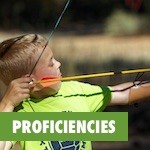 Winooski Middle and High School, in bustling Winooski, VT, has been quietly making the journey to proficiency-based learning and proficiency-based graduation requirements for the past six years.
Winooski Middle and High School, in bustling Winooski, VT, has been quietly making the journey to proficiency-based learning and proficiency-based graduation requirements for the past six years.
And the resources they’ve constructed along the way — to support students, teachers and families — celebrate cultural and ethnic diversity and challenge inequity. They provide clear and solid guidelines around proficiencies.
The journey began in community living rooms
This school has a special relationship with its community. Through the school, students and families can access some level of health care, food and meals, and a lot of community supports. As Matthew Webb, Winooski’s instructional coach for Proficiency Based Learning, puts it:
“At Winooski, you are welcome just as you are, and we are small enough to know who each person really is.”
The journey for Winooski’s transformation started back in 2011 at the grassroots level. Burlington School District and the O’Brien Community Center reached out to Winooski families, students, educators and community members. They met people in their homes and asked about what they valued. They asked what worked for individual students and cultural communities. They asked:
“What essential skills and knowledge does every student need to make a diploma meaningful?”
And after a ton of work — synthesis, revision, trial and error — here’s where they landed.
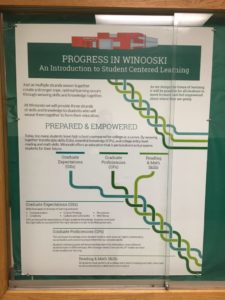
Winooski’s Graduate Proficiencies & Graduate Expectations
Winooski developed a single system spanning the middle and high school with GPs (Graduate Proficiencies – knowledge) nested within the GXs (Graduate Expectations- Skills).
They created an 11-point scale to help students guide learning, growth, and progress through their chosen pathway towards graduation.
A “5” is a middle-level “Gateway”: that’s the proficiency for all students in the middle level.
Similarly, an “8” is considered the basic proficiency for high school graduation. However, the scale also leaves room for students to reach and push themselves.
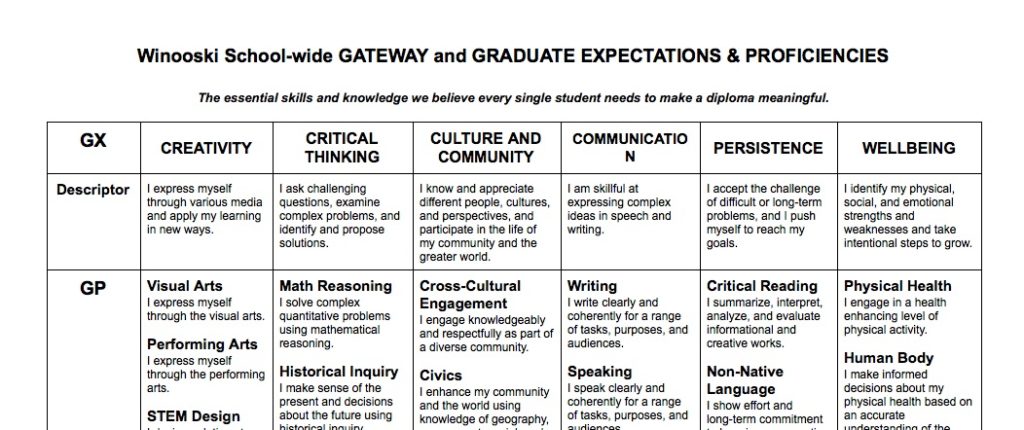
Equity has been a driving force in the creation of GPs and GXs
And subsequently the scales and targets.
With a high New American and ELL population, representing more than 20 difficult cultures, this work needed to be assessable to ALL students. Winooski feels that the depth of detail in the learning progress will support engagement and advocacy for each student.
4 reasons why this shift to proficiencies works:
- Winooski has empowered the individual learner and provided personalized pathways for growth.
- Winooski provided students with a framework to help alleviate the tension between skills and knowledge. Students could use the framework to work together, rather than in isolation, for more meaningful personalized learning. They had guidelines.
- Winooski has a clear articulation of the end goals, identifies supports within the system, and involved students and community n the process.
- What’s in a grade? Winooski has helped provide students with the necessary knowledge to inform the next step.
What does this look like in practice?
A unique way these proficiencies have been infused into the school’s culture is the daily nomination and selection of a student who embodies one of the GXs.
Teachers can nominate a student who has demonstrated growth and or proficiency for a certain GX. This student is then rewarded with a Champion Belt for the day. They also have their name read in the daily announcements, their picture displayed in the lobby, and a shout-out goes out over Winooski’s amazing twitter account, @WinooskiLearns.
Our final #GXChamp of 2016-17, Shaun, demonstrated #Persistence in his learning goals with ReadingPlus! pic.twitter.com/lpRojOXLrk
— WinooskiLearns (@WinooskiLearns) June 15, 2017
Winooski carries the specific language of their proficiencies throughout their work.
Expo @WinooskiLearns this week. Love learning about student projects and learning in #GXs #stuvoice #pbl #personalizeit pic.twitter.com/ndtf19lcIV
— Lindsey Cox (@lindseyacox) June 15, 2017
And you find that language on display all over the school campus.
Now: how can you start moving to proficiencies?
Don’t panic.
- Choose your grain size! Where does it make sense to start? Individual, team, grade, school, district, supervisory union
- Ask some questions. Here are some of Matt’s question from his work with the Partnership for Change:A. How do different learning systems design time, space, and staffing? What does the job of a teacher look like in the [near] future?
B. What redesigned systems already exist in your district or area?
C. What constitutes best practice for teaching and learning environments at the high school or middle school level?
D. What could a comprehensive educational redesign look like for school X?
E. What could a comprehensive educational redesign look like for School X?
F. Where do I fit as an emerging leader in educational transformation? - Engage the students and the community in the dialog. Be transparent about concerns or challenges.
- Develop a work plan.
- Seek collaboration. There are so many schools doing wonderful work. Ask them about it?
- Try something. We just can admire the problem or challange.
Winooski Middle and High School has a tremendously talented and committed faculty engaging in the work they believe in. They’ve adapted the work to meet the needs of their whole community and involved students and families every step of the way. They shifted their system to align the right supports to the right work.
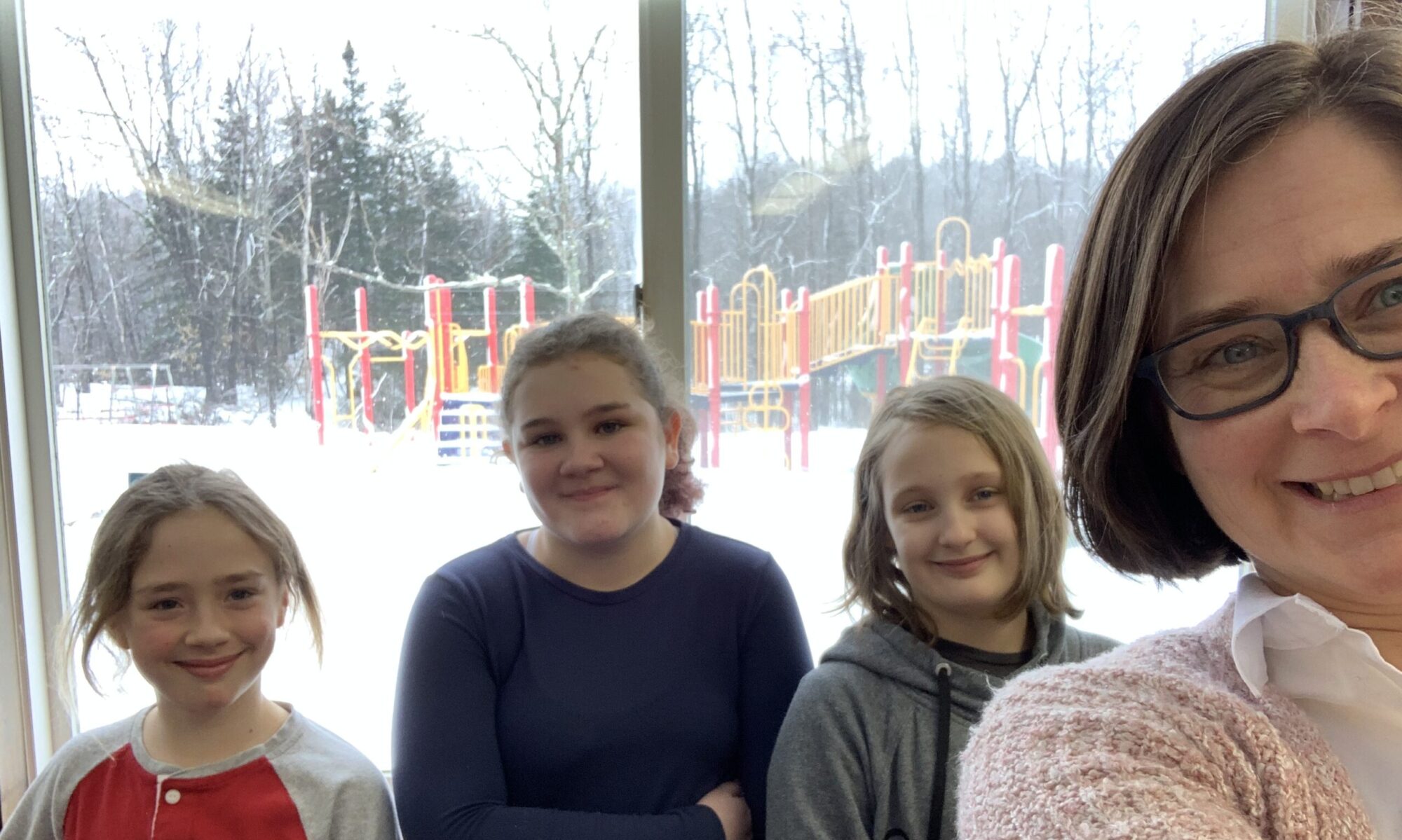

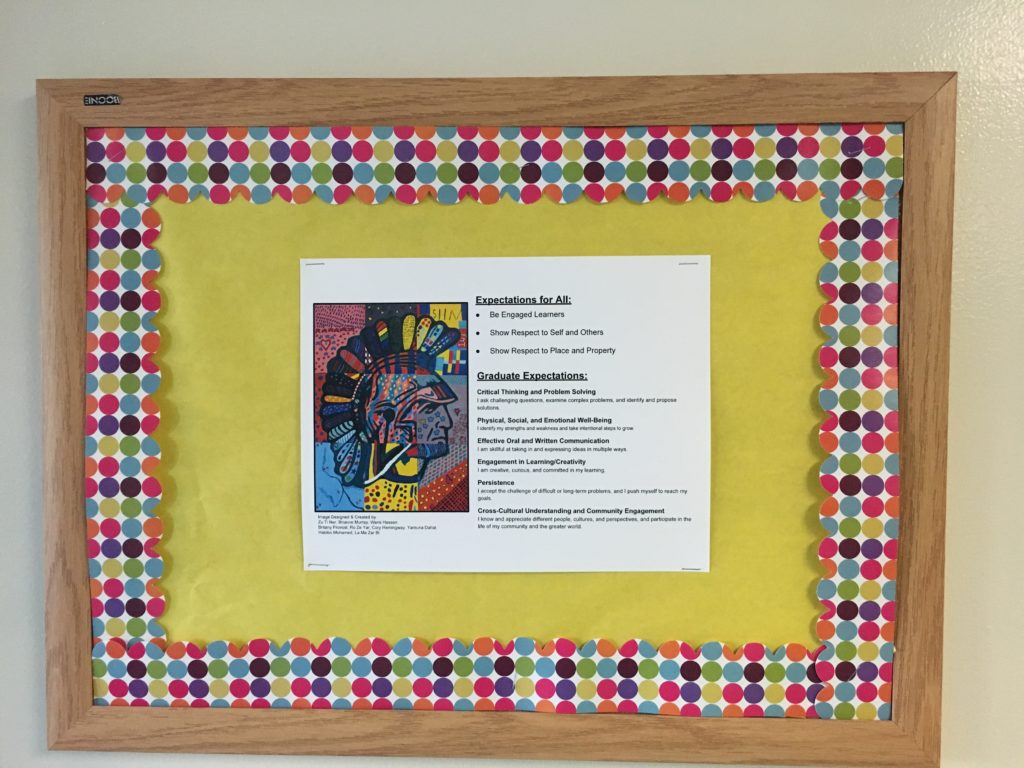
One Reply to “Winooski’s Graduate Proficiencies & Graduate Expectations”
Comments are closed.